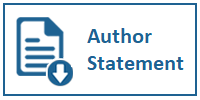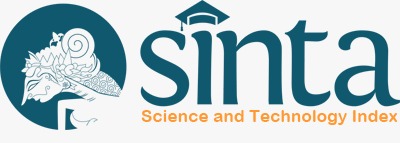ANALISIS KESIAPAN DAN PENERIMAAN TEKNOLOGI DALAM PENYUSUNAN LAPORAN KEUANGAN BUMDESA
DOI:
https://doi.org/10.31937/akuntansi.v16i2.3894Abstract
Abstract” This study aims to see the readiness and acceptance of the use of computerized information systems in the preparation of BUMDes financial statements. This study is concerned with one of the problems encountered in Village-Owned Enterprises (BUMDes) is the difficulty in preparing financial statements in addition to the need to increase financial literacy. The preparation of financial statements can be prepared manually or with the help of a computerized system. The method used is quantitative with a sampling selection method with convenience sampling to BUMDes administrators in Jombang Regency, East Java Province. This study uses the TRAM (Technology Readiness Acceptance Model) Model with a proxy of seven variables, namely optimism or optimism, innovation or innovativeness, discomfort or discomfort and insecurity or insecurity, perceived usefulness, perceived ease of use or perceived ease of use and interest in applying it or intention to use. The results of the study showed that of the 11 hypotheses proposed with the results of 5 hypotheses accepted and the rest rejected. These results show that BUMDES' readiness to use computerized information systems still needs to be improved. This study also recommends the need to socialize the benefits of computerized financial report preparation so that the perception of BUMDes administrators towards technology increases.
Keywords: TRAM; Financial Statement; Village-Owned Enterprises; Computerized Information Systems.
Downloads
Downloads
Published
How to Cite
Issue
Section
License
Authors retain copyright and grant the journal right of first publication with the work simultaneously licensed under a Creative Commons Attribution-ShareAlike International License (CC-BY-SA 4.0) that allows others to share the work with an acknowledgement of the work's authorship and initial publication in this journal.
Authors are able to enter into separate, additional contractual arrangements for the non-exclusive distribution of the journal's published version of the work (e.g., post it to an institutional repository or publish it in a book), with an acknowledgement of its initial publication in this journal.
















